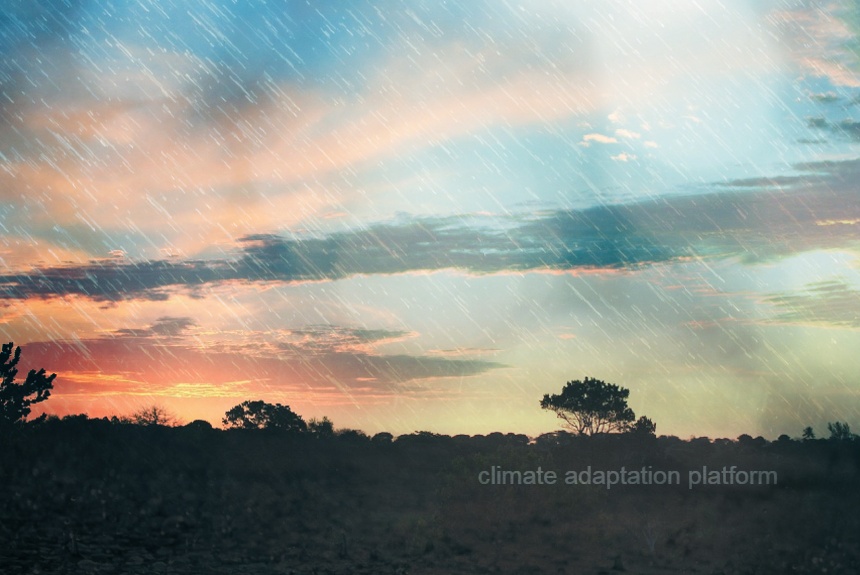Despite witnessing a slow decline in poverty in Sub-Saharan Africa over the last decades, the number of poor people continues to grow.
In 2018, an estimated 433 million lived in extreme poverty in the continent. Weather shocks and climate variability can easily reverse modest progress in poverty reduction.
Droughts can have a debilitating and direct effect on households reliant on weather-dependent livelihoods, including food security. Rainfall variability can also significantly impact food consumption and point to the climate as a threat to achieving the Sustainable Development Goal of eliminating hunger.
The World Bank Group working paper published in May 2023 developed a new framework inspired by catastrophe risk modelling methods to improve understanding of the impacts of weather shocks on household welfare to produce a reliable food insecurity forecast and design and target annual interventions.
The paper focused on the effect of rainy season quality on food consumption and applied this framework in rural Mauritania, a West African country in the Sahelian and Saharan zones significantly exposed to climate hazards. High variability in annual rainfall leads to a frequent drought that devastates households in the region.
The authors point to the 2011 rainfall deficit as an example that has led to crop failure, water shortages, and lack of pasture and livestock losses, triggering a food crisis during the 2012 lean months where one million people, or 27% of the population, were affected.
The country has only one rainy season, which runs from June to October, and the main harvest occurs between September and November. After harvest, food stocks gradually decline until the lean season of May to August. Lean season typifies lower food stock, low demand for agricultural labour, and rising food insecurity.
The quality of rainfall during the rainy season, influencing impacts on food supply and food security in the coming months or seasons, is a feature of interest because it implies some degree of predictability on the household’s well-being.
The model can produce reasonably accurate lean season food insecurity predictions very early in the agricultural season (October-November), six to eight months ahead of the lean season. Comparisons of model predictions with survey-based estimates yield a mean absolute error of 1.2 percentage points at the national level and a high degree of correlation at the regional level (0.84).
The model developed by the study contributes to understanding the impacts of climate change on the welfare of developing and climate-vulnerable countries.
Climate change is projected to worsen weather shocks and variability in precipitation. A better understanding of the relationship between climate shocks and well-being will help create policies and support investments in climate adaptation strategies.
Read more about the study by clicking the link in the “Source” section below.
Source:
Struggling with the Rain Weather Variability and Food Insecurity Forecasting in Mauritania. (2023 May). World Bank Group. Policy Research Working Paper. Retrieved from https://openknowledge.worldbank.org/server/api/core/bitstreams/7550f996-26ce-45b8-a13c-b43c287fe8e4/content



Leave a Reply